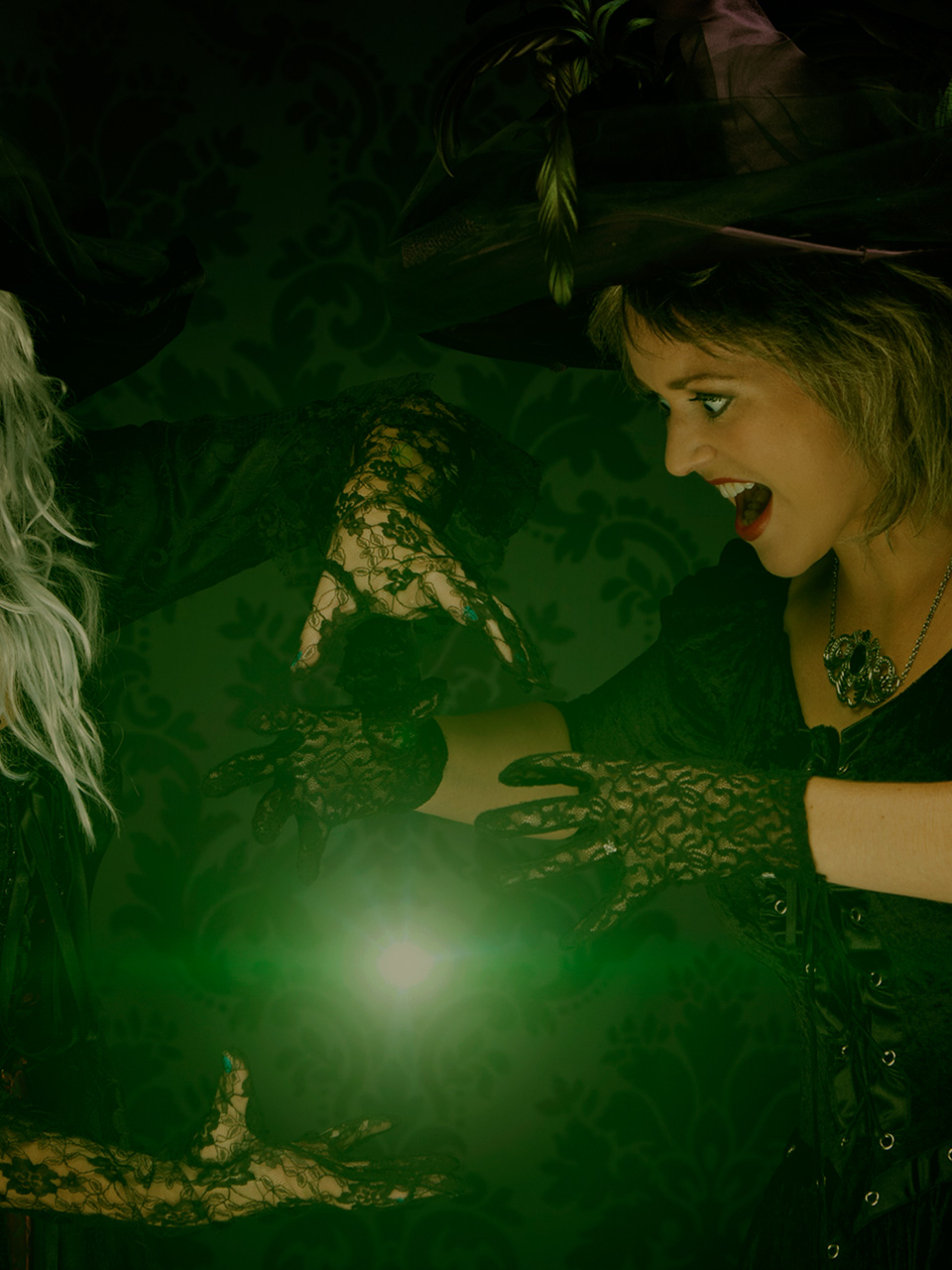
Tap to Read ➤
Causes of Salem Witch Trials
Prashant Magar


The summer of 1692, was a dark period in the history of Salem, Massachusetts. People were accused of witchcraft and sentenced to horrific punishments. 20 people were executed and more than 200 were accused of witchcraft.

The town of Salem, in 17th century, was deeply influenced by beliefs and notions of evil and dark magic. Fear and superstitions had a significant impact on the daily life. It was that time in history, when Europe had just seen a 'witchcraft mania' cripple its societal harmony from the 1300s to the 1600s.

The trials took place in the colonial era in Massachusetts circa 1692. The story evoked a strong sense of injustice that was meted out to the poor men and women by the supposedly learned and wise people. While the incident might come as a shock, especially to a present day reader, it is important to understand the psyche of the society at that time.

The daily routine, pressures, fears, and misunderstandings had a deep impact on the horrific decisions taken. The causes that led to these trials were not exactly a direct fallout of a particular event, as it appeared to be, but a result of the psychology of the contemporary society.

The Background

Salem was a part of the Massachusetts Bay Colony, which then formed a part of the British colonial rule. The people of Salem were divided in opinion about the relationship between the inhabitants and the residents of its village.

A certain section believed that the township was too individualistic in nature and it was not a healthy sign for the idea of a united Salem. Some citizens thought that Salem should be divided into Salem town and Salem village, which was mainly inhabited by puritans.

The separatists who were mainly farm owners, formed a council of their own under the leadership of Rev. Samuel Parris and held regular prayer meetings in the Salem village meetinghouse.

In October, 1691, a new committee was formed which was largely in opposition to Rev. Parris. Thus, the separatist demand for an independent village council was dealt a severe blow. Parris' fortune took a big hit and he was reeling under the severe social pressures.

By the time of the first trials, the town was already facing frequent attacks by the Indians. There was an outbreak of smallpox, around the same time when people were accused of witchcraft.

Charles I revoked the Charter of rights for the Massachusetts Bay Area. All these led the superstitious society to believe that Salem had incurred the wrath of evil forces. It was only natural, that somebody would be made a scapegoat of this irrational mindset.

Immediate Cause

The Parris household consisted of their lone nine-year-old girl Betty and her orphan twelve-year-old cousin, Abigail. These kids were raised with extreme discipline and inculcated with deep religious fervor. Rev. Parris also brought a black woman slave, named Tituba, for household chores and taking care of the two girls.

The girls were forbidden to play like normal kids as playing common household games was considered an idle activity by Rev. Parris, and hence an invitation to the devil.

The major activity for the kids was reading. They used to read books about fortune-telling and prophecy, which were quite popular during those days. Girls in that area would often congregate and practice divination or fortune-telling instead of going out in the cold weather.

Tituba, along with the girls and two of their friends, formed one such circle, practicing fortune-telling and other such activities. She entertained the girls with stories of witchcraft, strange animals and demons. Their gatherings soon turned into frightening experiences for the girls. They were scared of the stories and gradually began to act strangely.

The deteriorating family status and economic position also added to the misery. Samuel Parris sought help from a physician, William Giggs, to cure the girls' unnatural behavior. Giggs could not see any physical reason for the illness and inferred that they were bewitched.

This triggered a wave of panic in the house which gradually spread to the entire village. Two afflicted girls, Sarah Good and Sarah Osborne, along with Tituba, were tried by a special court at the Meetinghouse for practicing 'evil'.

The so-called victims, who already behaved as though under some external wild influence testified before the jury against the black women and the other two girls. This case stood as a benchmark, setting in motion a string of accusations by many people against many others.

By 1692, 200 people were imprisoned for witchcraft and associated practices and twelve people were hanged. An old man, Giles Corey, was brutally killed by piling rocks on him because he refused to stand trial and accept the charges levied against him.

The Salem trials was the last of the American witch hunts. But, historians, psychologists, sociologists and many others continue to study and understand this unfortunate series of events that are a blot on human history.